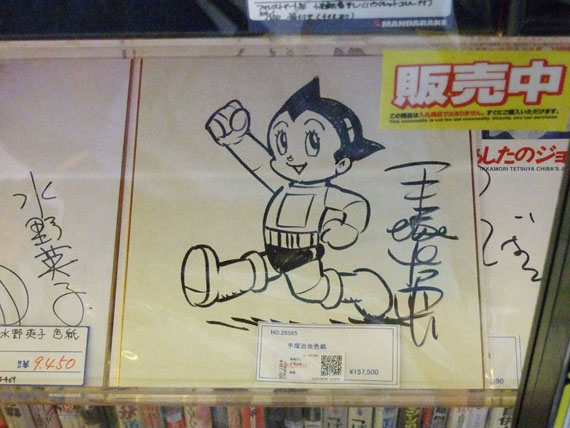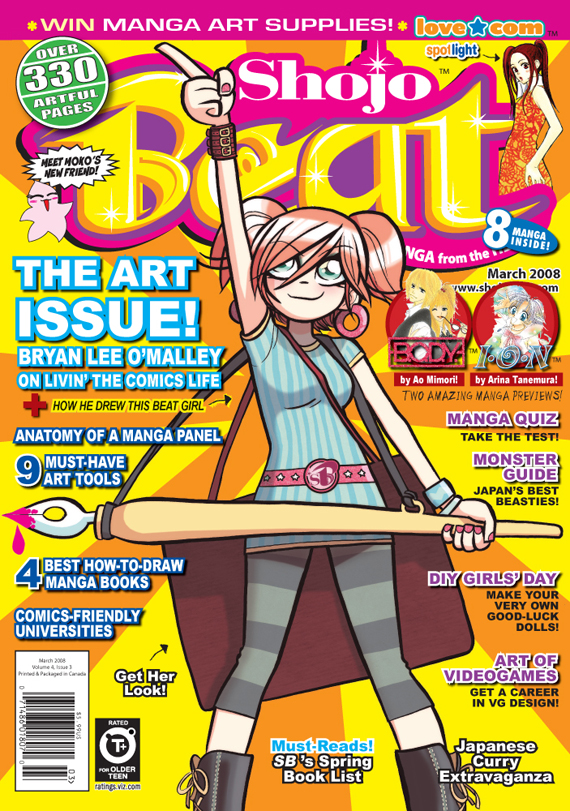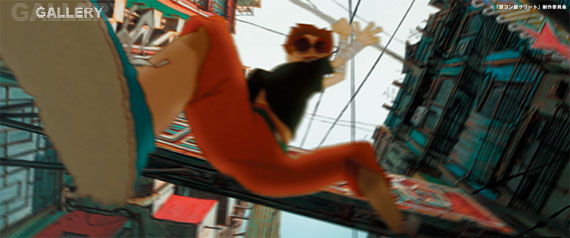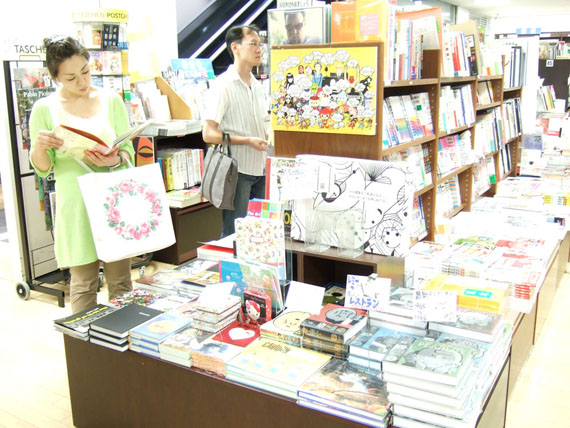I got my hands on a copy of the media kit for ADV’s new magazine PiQ. Since I didn’t see any note of this over at Brigid’s always-excellent Mangablog (http://www.mangablog.net/), I assumed no one else has posted about this yet. So let’s pour over the entrails together, shall we?
Designed to replace the popular Newtype USA, PiQ (pronounced “peek”) (although I keep saying “pie-cue” whenever I see it) is taking a hard line away from the beleaguered anime industry and branching out to be the high-end American Otaku lifestyle magazine of choice. Why? Well, as I mentioned the anime industry may have had its worst year ever in 2007 (although I see them regrouping and putting it all together in the second half of ’08), and because as Naruto has shown us, Japanese culture is more than just anime (or manga), and with North American iterations of previously Japanese-only endeavours like Capsule Toys, Manga, Gothic Lolita Culture, and anime making their mark on the nerd-culture industry, it looks like a license of a Japanese magazine covering a troubled industry just wasn’t going to cut it, going forward.
But the question is, will PiQ?
The PiQ media-kit I received included a letter from Publisher Gary Steinman, outlining the major changes that the magazine will undergo. It’s very important to note that throughout all of the commentary I’ve seen from ADV on this matter, including the media kit, PiQ is being treated as a name change to Newtype USA, and not as an entirely new magazine. While I have no firm answer as to why this is, I’d speculate that declaring it to be the same magazine but with a name change (not to mention a substantial format change…) means you get to maintain your existing distribution and subscription arrangements. But it’s pretty clear that the new boss ain’t the same as the old boss.
For starters, the magazine will shrink in size, both in physical dimensions and in page count. The new physical size is 8″ wide x 10″ tall, as compared to Newtype’s 9″ x 12″. The latest issue of Newtype weighs in at 160 pages, and the info for PiQ seems to be saying it’ll drop at around 130 pages. The price is also much lower, with the new magazine retailing for US$6.99/CDN$7.99, versus $12.98/$16.98 for Newtype. Oh, and the magazine will be perfect-bound rather than stapled, which means it’ll have a spine! No more free DVDs with each issue either, so far as I can tell. The big format change? PiQ will drop Newtype’s right-to-left Japanese reading orientation in favour of a standard left-to-right orientation. Essentially, the otherworldy Japanese “object” that was Newtype USA is gone, to be replaced by something that very-much resembles Wizard in size… and in tone.
According again to the Media Kit, the new editorial breakdown for PiQ will be:
- 20% Anime
- 20% Gaming
- 20% U.S. Comics / Japanese Manga
- 20% Genre Movies / TV / Home Video
- 10% Toys / Collectibles
- 5% Gadgets / Hi-Tech Gear
- 5% Lifestyle (fashion, accessories, events)
Apparently PiQ is “entertainment for the rest of us, squarely addressing the needs of a cutting-edge young male audience,” and they’re estimating a 70/30 split in readership, in favour of male readers. This reads to be to be very, very similar to Wizard magazine, a jack-of-all-trades scenario.
Some final stats from the presentation:
- PiQ is expected to have a 100,000 circulation at launch, with a target circulation of 150,000 by the end of 2008.
- PiQ will launch with 15,000 subscribers, all of which are former Newtype USA subscribers. So, now you know how many people subscribed to Newtype.
- The first issue of PiQ goes on sale March 18th, 2008.
Also included with the material I received, twice, was a mock-up of the first issue over. As noted on the cover itself this is a cover concept only, and is not necessarily going to be the final cover. However, it pretty clearly shows where the magazine is headed, and while it may have the bearing of Wizard, it looks an awful lot like video game magazine PLAY (which I love and is awesome). Lets take a look:

PiQ Issue One Concept Cover – Copyright 2008 AD Vision Inc.
So, what do we see here? Well, the first and most telling thing is the comparison between this cover and the most recent Newtype USA. Where Newtype USA Jan 2008 features the names of tons of new anime series (at least two dozen by my count), an anime creator profile, an anime art book, and the words “Anime, Manga, Games, Music, more!” the focus on the new cover is all over the place. A Tokyo Travelogue! Cosplay! Anime! But also video games and LOST and Battlestar Galactica and Red Hulk and the promise of bulleted lists! (No manga?)
So there you have it, the inside scoop on (what might be) the first issue of PiQ. All you have to go on about this magazine being the same one as Newtype USA is the publisher’s say-so, with the magazine looking significantly different, and more generic, than what has come before. But honestly? This is probably a really smart move on ADV’s part, with magazine publishing being almost entirely advertising-driven, opening up your mag to the extremely lucrative advertising of the extremely lucrative video game field makes a hell of a lot of sense, and ending a licensing agreement for a magazine’s name and content that may or may not be contributing to your bottom line anymore? The same. The only thing up in the air is what the fans, anime fans, Newtype buyers and subscribers, are going to think of something that isn’t quite as OTAKU as they were hoping for. Hey, there’s always Otaku USA for you Otaku out there!
Still, I’m looking forward to the first issue. I think that, much like the comics industry needs something like COMICS FOUNDRY, it also needs something like this to supplant the rampant misogyny in Wizard’s magazine… Good luck guys.
– Christopher
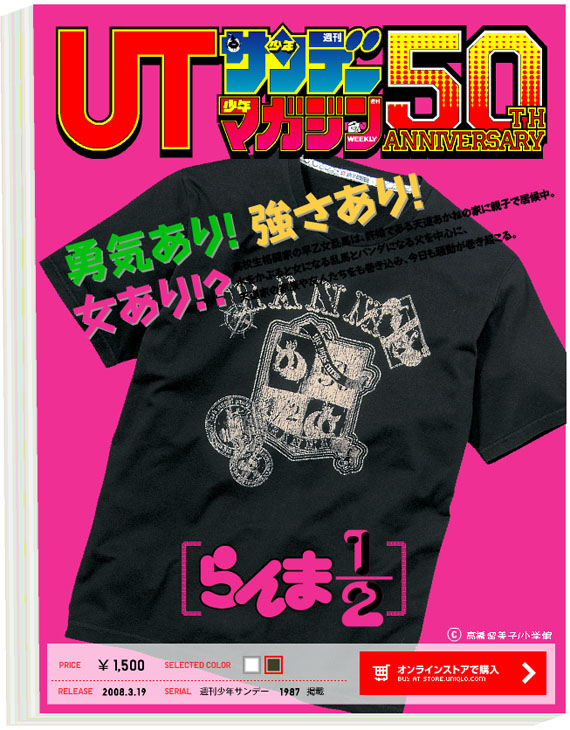
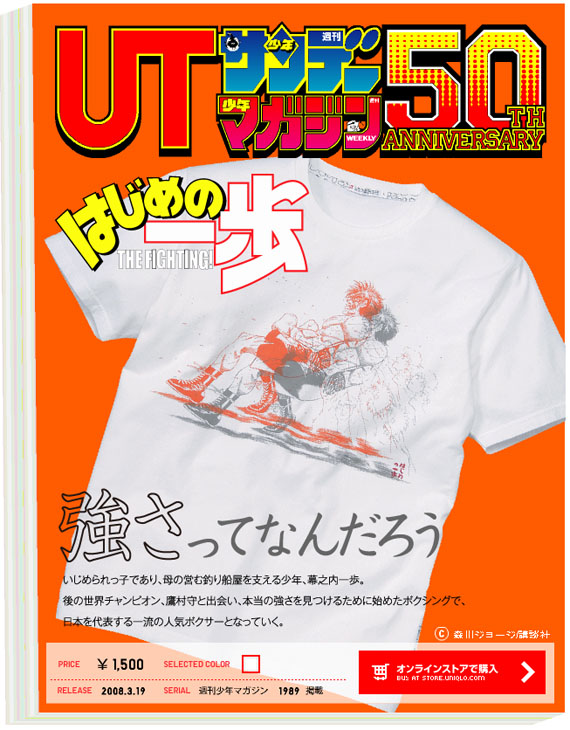
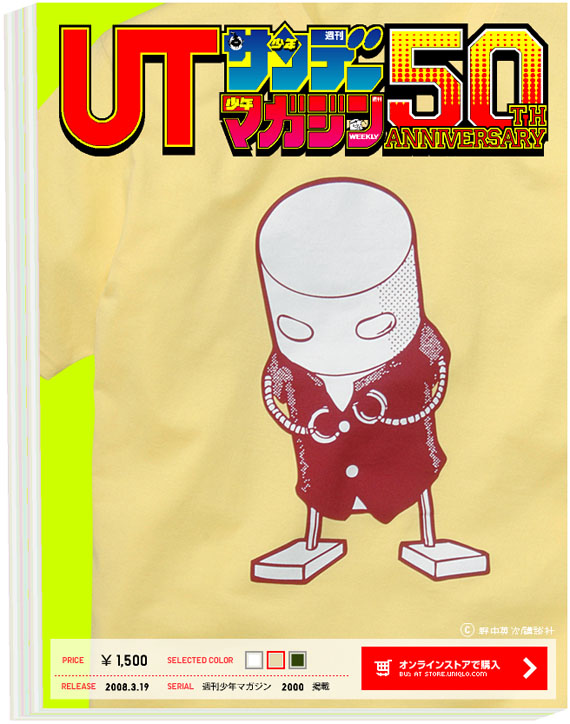
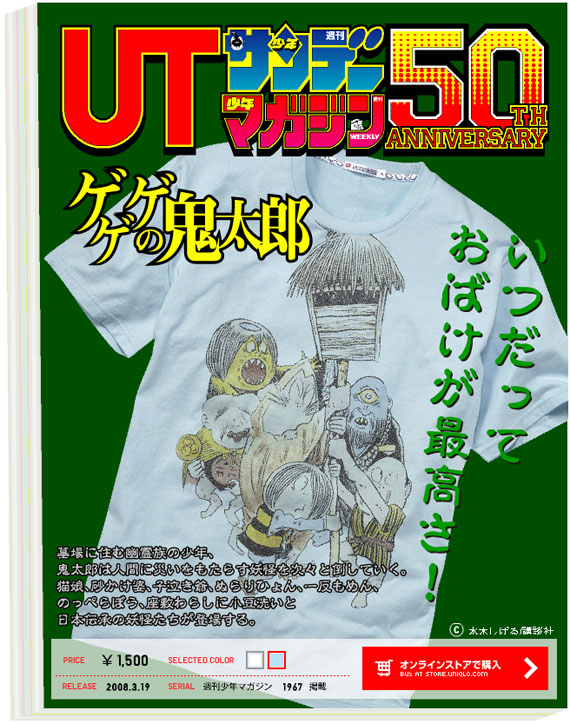


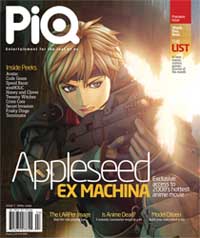 I think it’s important to point out that in the first issue of PiQ, the magazine calls its readership the following names: nerds, dorks, geeks, freaks, maniacs, and pervos.
I think it’s important to point out that in the first issue of PiQ, the magazine calls its readership the following names: nerds, dorks, geeks, freaks, maniacs, and pervos.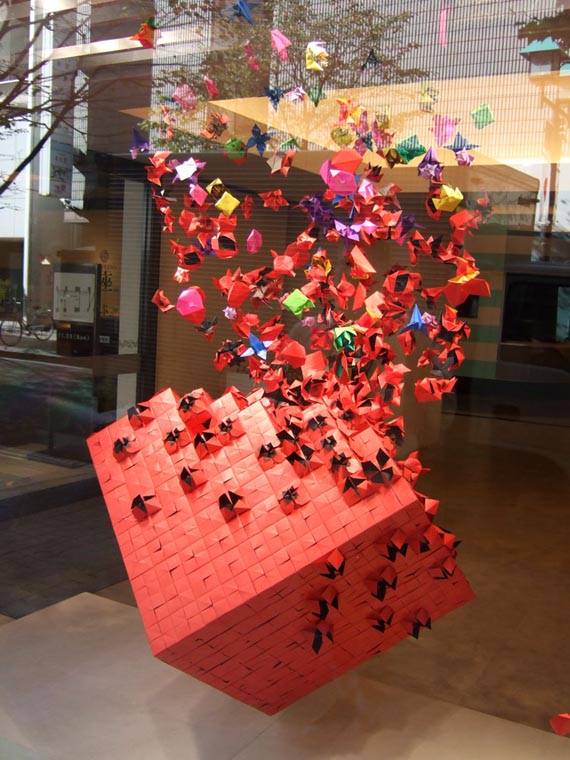
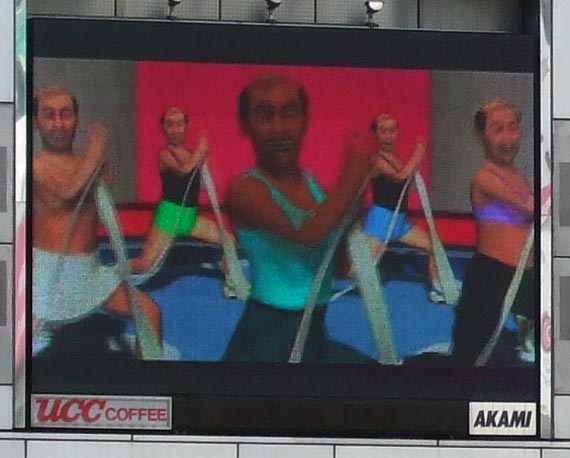
 Tokyo Is My Garden
Tokyo Is My Garden